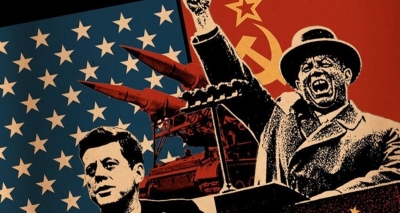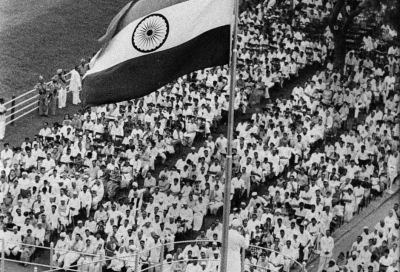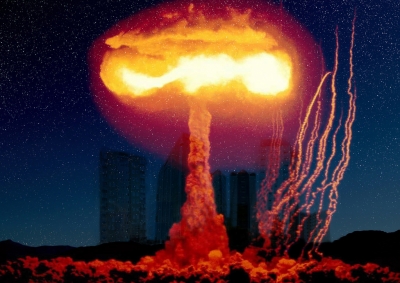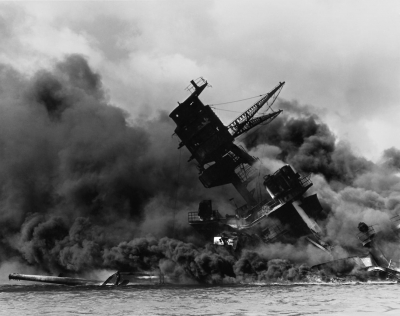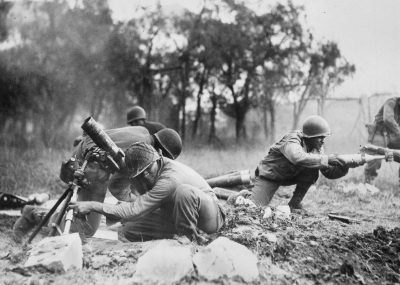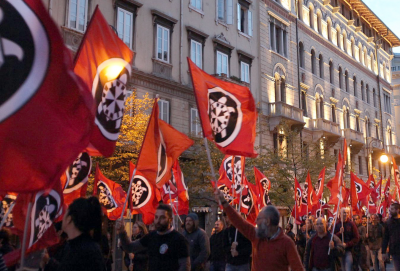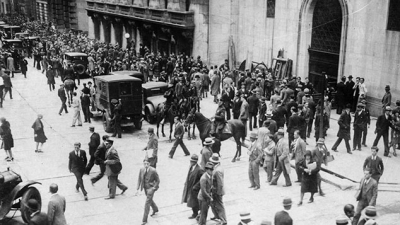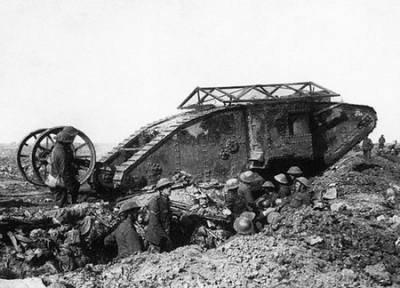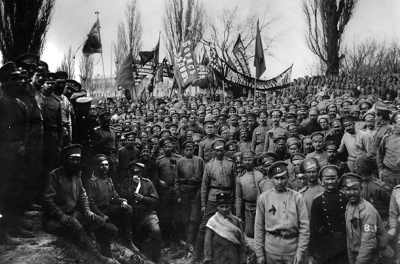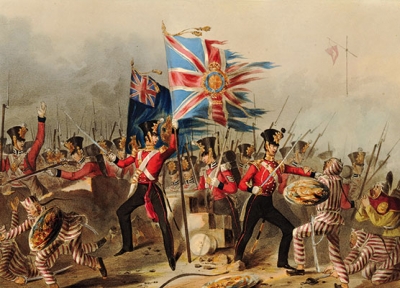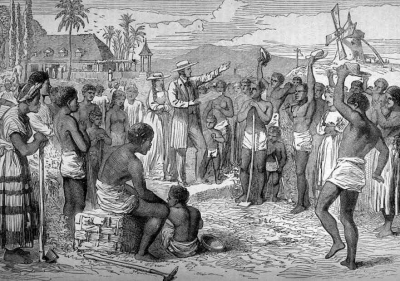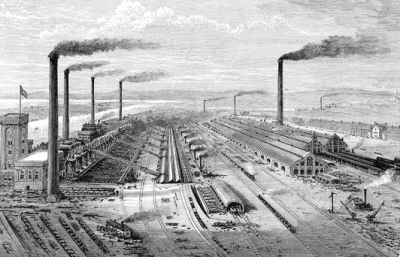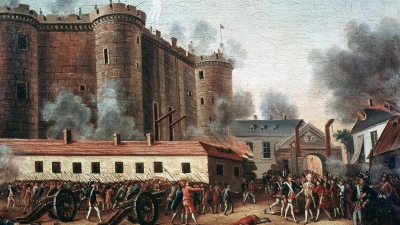When was the Berlin Wall demolished?
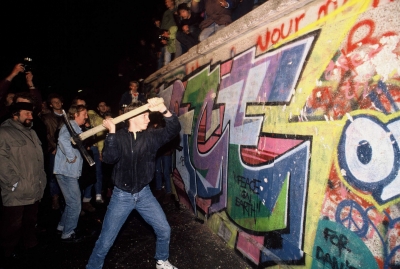
In August 1961, the German Democratic Republic began under the leadership of Erich Honecker to block off East Berlin and the GDR from West Berlin by means of barbed wire and antitank obstacles. Streets were torn up and barricades of paving stones were erected. Tanks gathered at crucial places. The subway and local railway services between East and West Berlin were interrupted. Inhabitants of East Berlin and the GDR were no longer allowed to enter the West. In the following days, construction brigades began replacing the temporary barriers with a solid wall, which stood in place for nearly 30 years. In November 1989, after weeks of discussion about new travel laws, the Berlin Wall was demolished.
Fact File: With the end of communist rule in the USSR, many of the symbols of communism, for example statues of former leaders such as Lenin, were dismantled. |
Picture Credit : Google
